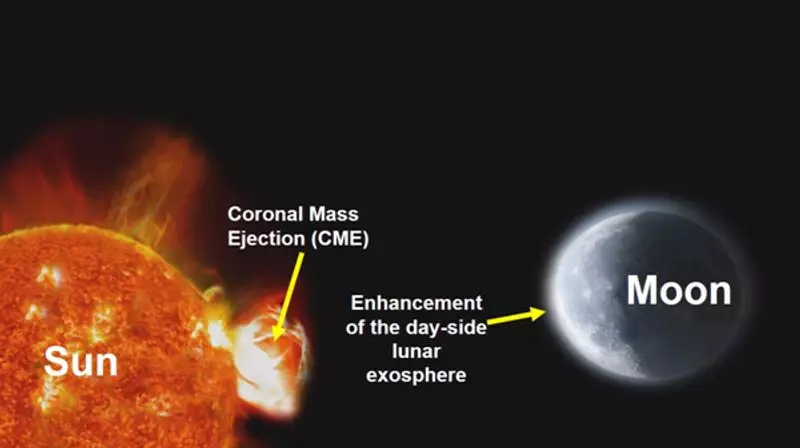
In a remarkable scientific breakthrough that positions India at the forefront of lunar research, the Chandrayaan-2 spacecraft has captured unprecedented evidence of solar storms directly impacting the Moon's surface. This landmark discovery provides crucial insights into space weather behavior and its effects on celestial bodies without protective atmospheres.
Unveiling the Moon's Hidden Interactions with Solar Fury
The Chandra's Atmospheric Composition Explorer-2 (CHACE-2) instrument aboard Chandrayaan-2 has successfully detected and measured how solar storms—massive eruptions of charged particles from the Sun—directly bombard the lunar surface. Unlike Earth, which enjoys the protection of its magnetic field and atmosphere, the Moon stands completely exposed to these celestial tempests.
This represents the first-ever in-situ observation of such phenomena, making India's space program a pioneer in understanding solar-terrestrial relationships beyond our planet.
Why This Discovery Matters for Future Space Exploration
The implications of this finding extend far beyond academic curiosity. As nations worldwide prepare for sustained lunar presence through programs like Artemis and planned lunar habitats, understanding space weather impacts becomes critical for:
- Astronaut Safety: Solar storms carry dangerous radiation that could jeopardize human explorers
- Equipment Protection: Electronic systems and infrastructure require shielding from particle bombardment
- Mission Planning: Future missions must account for space weather patterns
- Resource Utilization: Understanding how solar particles interact with lunar soil could reveal new resources
The Science Behind the Discovery
When solar storms erupt from the Sun's corona, they propel billions of tons of plasma and charged particles across the solar system at incredible speeds. The CHACE-2 instrument, specifically designed to study the lunar exosphere, detected the direct influx of these particles as they struck the Moon's surface unimpeded.
This direct measurement approach provides scientists with real-time data about the composition and behavior of solar ejecta, offering a window into fundamental space processes that were previously only theorized.
India's Growing Space Research Capabilities
This discovery underscores the sophisticated capabilities of India's space technology and the strategic importance of the Chandrayaan-2 mission. Despite the challenges faced during its soft landing attempt, the orbiter continues to deliver world-class scientific returns, demonstrating ISRO's technical prowess and commitment to advancing global space knowledge.
The data collected promises to reshape our understanding of how airless bodies throughout our solar system interact with their parent stars, potentially informing future exploration of Mercury, asteroids, and other moons.
As the world looks toward establishing permanent human presence beyond Earth, discoveries like these from Chandrayaan-2 provide the essential foundation for safe and sustainable space exploration, cementing India's position as a key player in the new era of interplanetary science.





